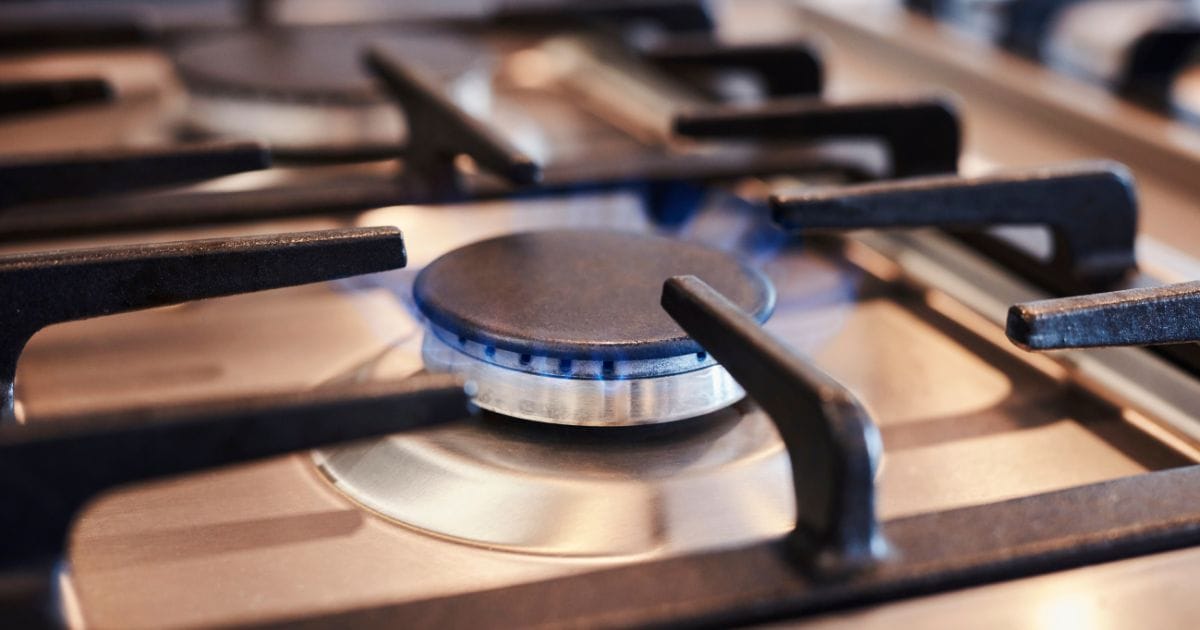Ovens and stovetops are used daily to cook your favorite meals. However, if you have a gas stove, you are likely breathing in more than just the delicious smells of your cooking.
While many people prefer gas-powered stoves, they emit pollution into your home when you’re cooking, particularly if the stove is not well-ventilated. The burning of natural gas during cooking releases nitrogen dioxide, carbon monoxide, and fine particulate matter, and if it’s not vented outside of your home, it can build up to unhealthy levels and irritate your airways. Studies indicate that children living in homes with gas stoves are more likely to be diagnosed with asthma.
“When a patient is diagnosed with asthma, it’s important to reduce irritants in the home,” said Dr. Clifton Clarke, vice president and chief medical officer of Advocate Illinois Masonic Medical Center. “In addition to other strategies, we provide tips to reduce pollution from gas stoves in the home.”
Switching from gas to an electric stove is the best option to improve the air quality in your home. It comes with environmental benefits, too. Induction stoves are particularly energy efficient, and as the electric grid gets cleaner, the energy used to power your electric stove will be cleaner than burning gas which also lowers your carbon footprint.
However, for homes with gas stoves, switching to an electric stove can be pricey and may require an electrical upgrade to your kitchen. When replacement isn’t an option, there are several things you can do to improve the air quality of your home when cooking with a gas stove:
- Ventilate to the outdoors. Use your above-the-range fan to draw the pollutants from the range outdoors. Check to see if your fan vents outside.
- Use the back burners whenever possible. Your kitchen fan is more successful at pulling out fumes from the back burners than the front burners.
- Open your windows. If your kitchen fan doesn’t vent to the outside, or you don’t have a vent at all, open a window when you’re cooking.
- Use alternative methods for cooking. A portable electric induction cooktop or a toaster oven are convenient and affordable options to cook without gas.
This article originally appeared on health enews.






